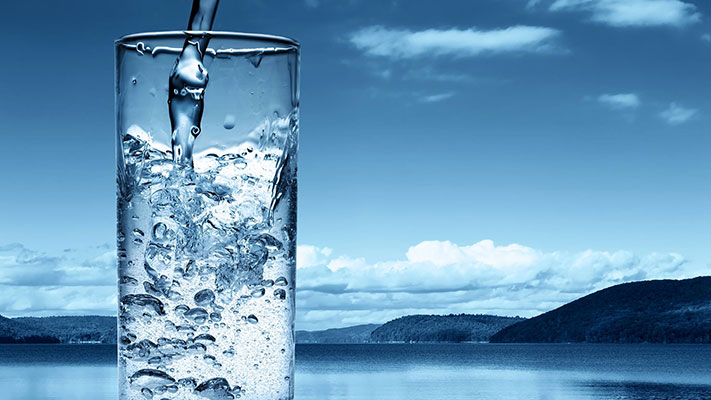Chemical inactivation of microbiological contamination in natural or untreated water is usually one of the last steps to reduce pathogenic microorganisms in drinking water or process water.
Combinations of water purification steps (oxidation, coagulation, precipitation, disinfection, filtration) cause drinking water to be safe after production. As an additional measure, the second step of disinfection is applied at the end of the water purification process, in order to protect the water in the water distribution system from microbiological contamination.
During this disinfection process, a different type of disinfectant is usually used than the one earlier in the process. Secondary disinfection ensures that bacteria will not multiply in the water during distribution. Bacteria may remain in the water after the first disinfection step or may end up in the water during backwashing of contaminated water (which may contain groundwater bacteria as a result of cracks in the water supply).
Disinfection techniques can be divided into chemical and non-chemical (physical) procedures.

The following disinfectants are used for chemical disinfection:
- chlorine (Cl2)
- Chlorine dioxide (ClO2)
- hypolcorite (OCl-)
- potassium permanganate (KMnO4)
- phenols and alcohols
- soaps and detergents
- hydrogen peroxide
- ozone
For non-chemical (physical) disinfection are used:
- UV light
- Gamma rays
- UZV
- heat


